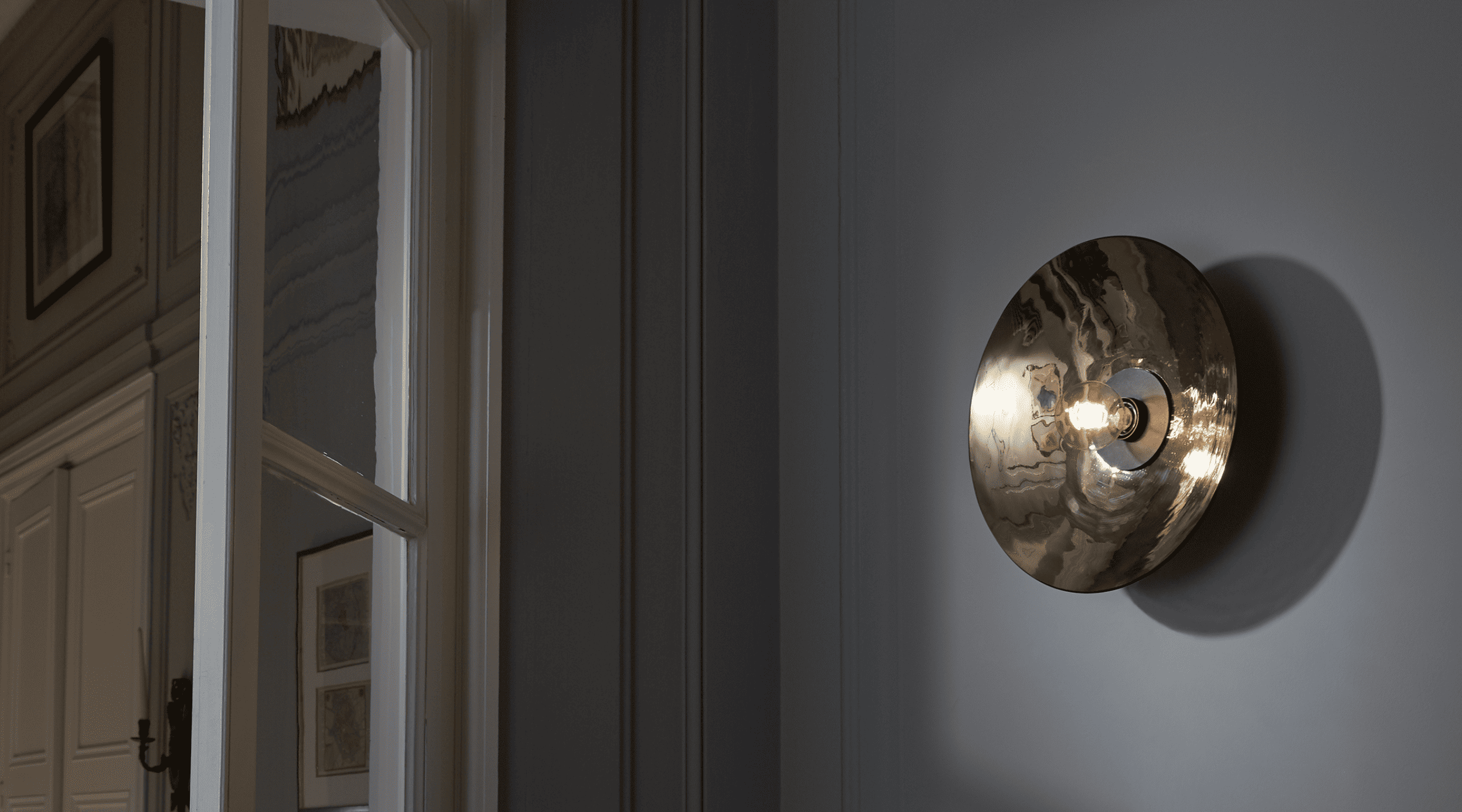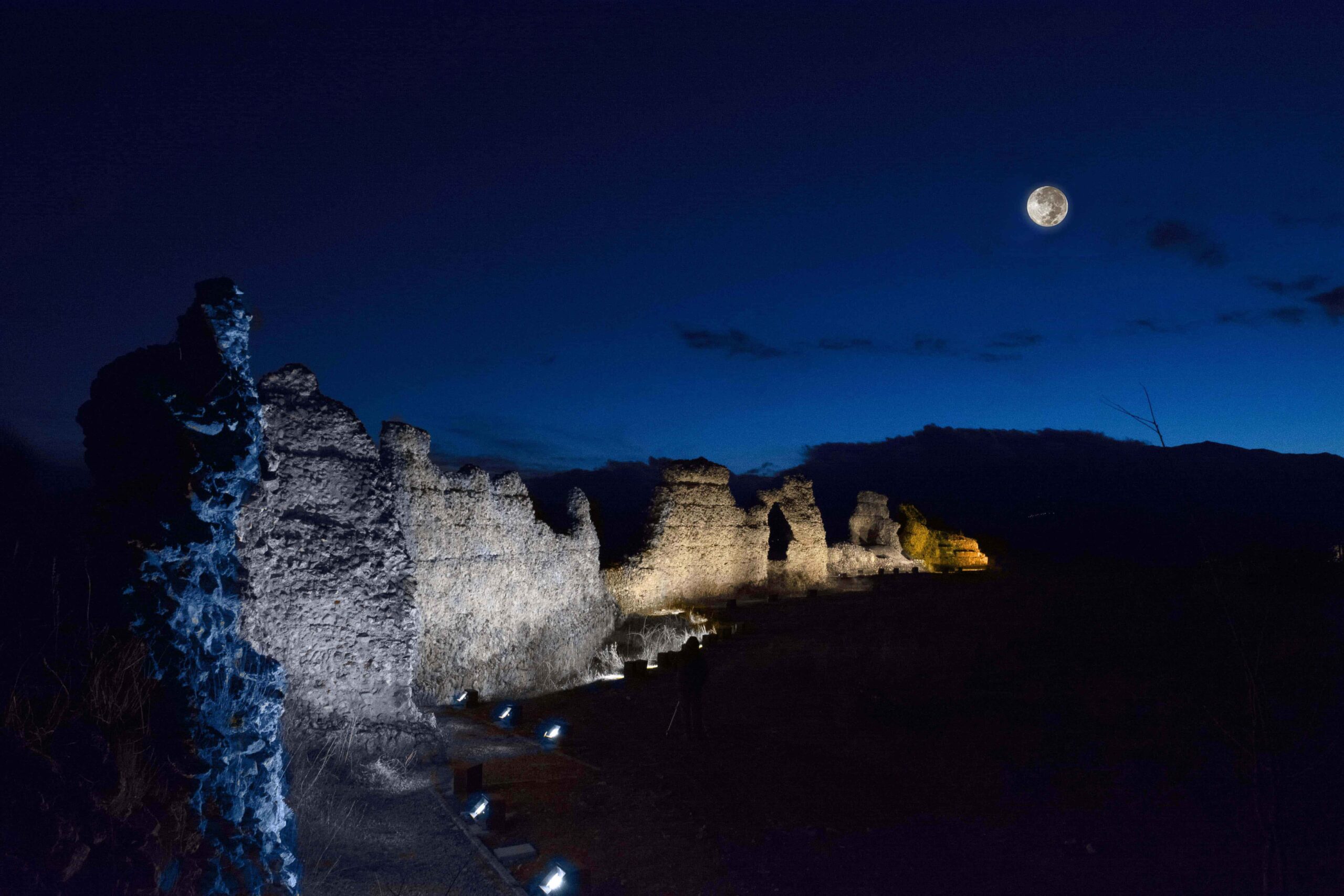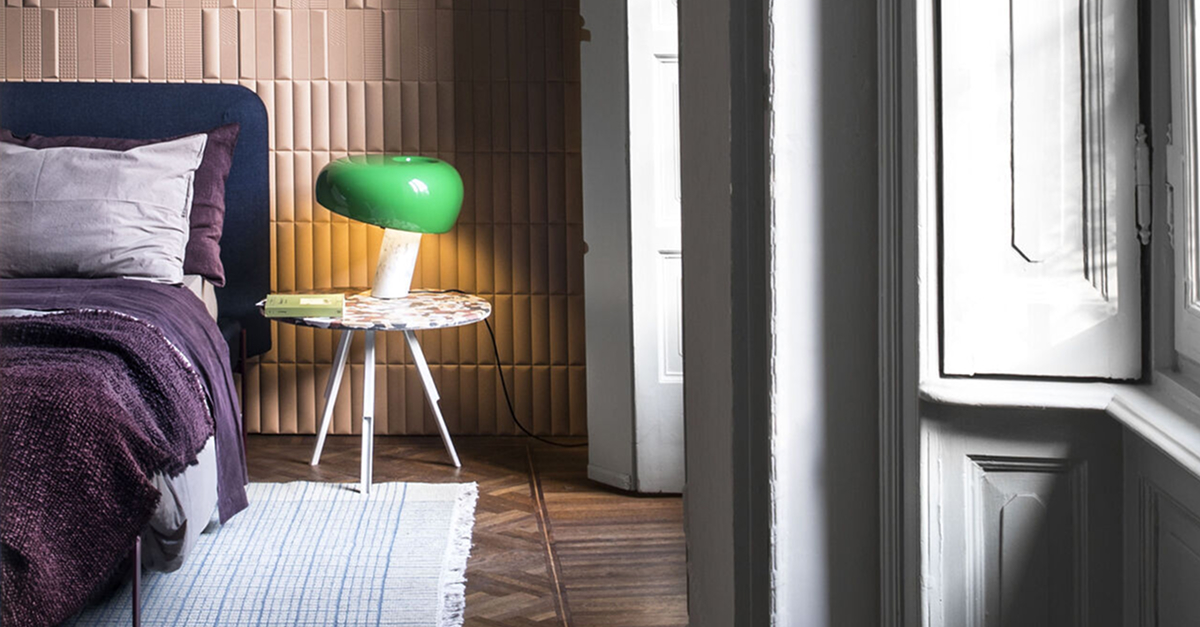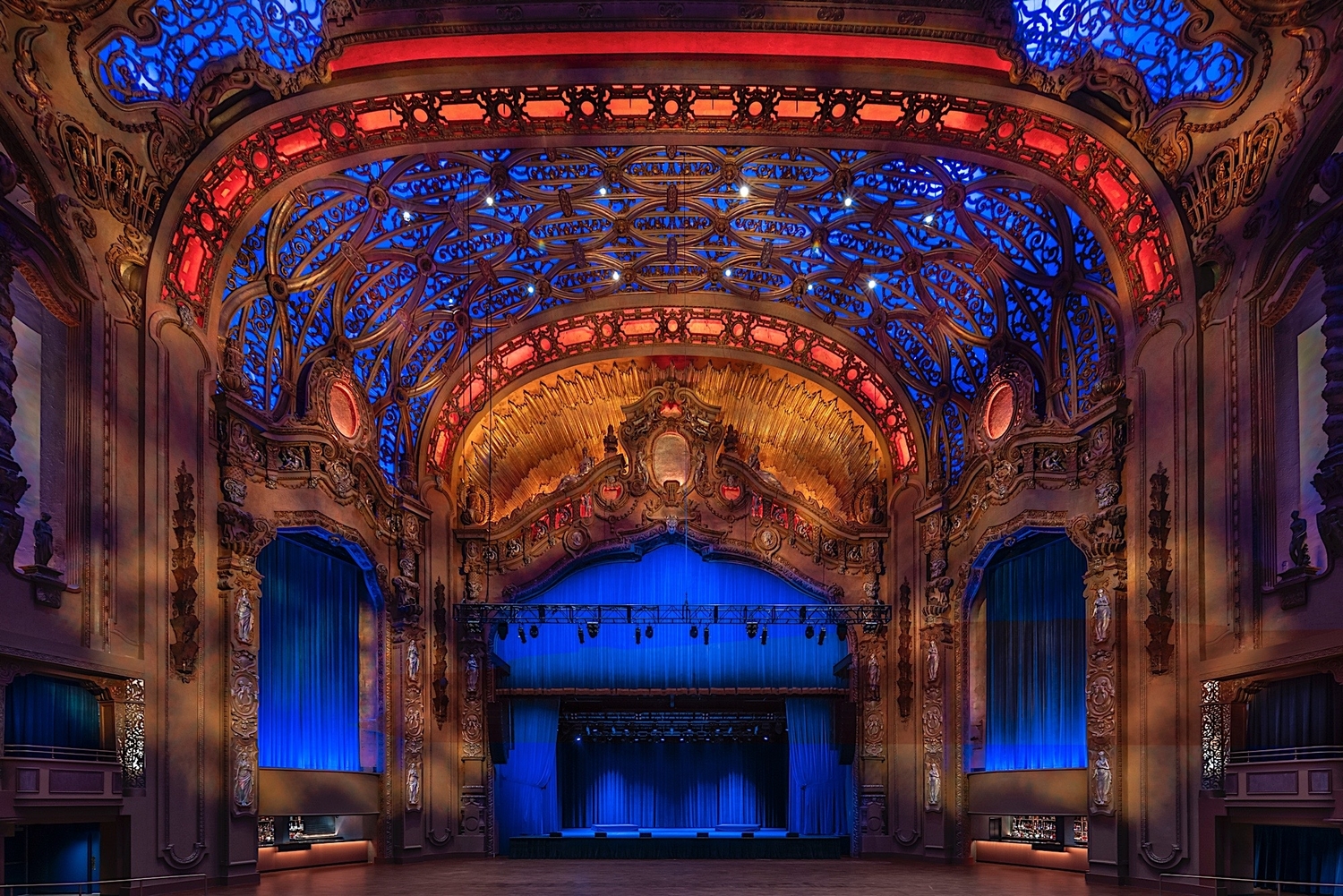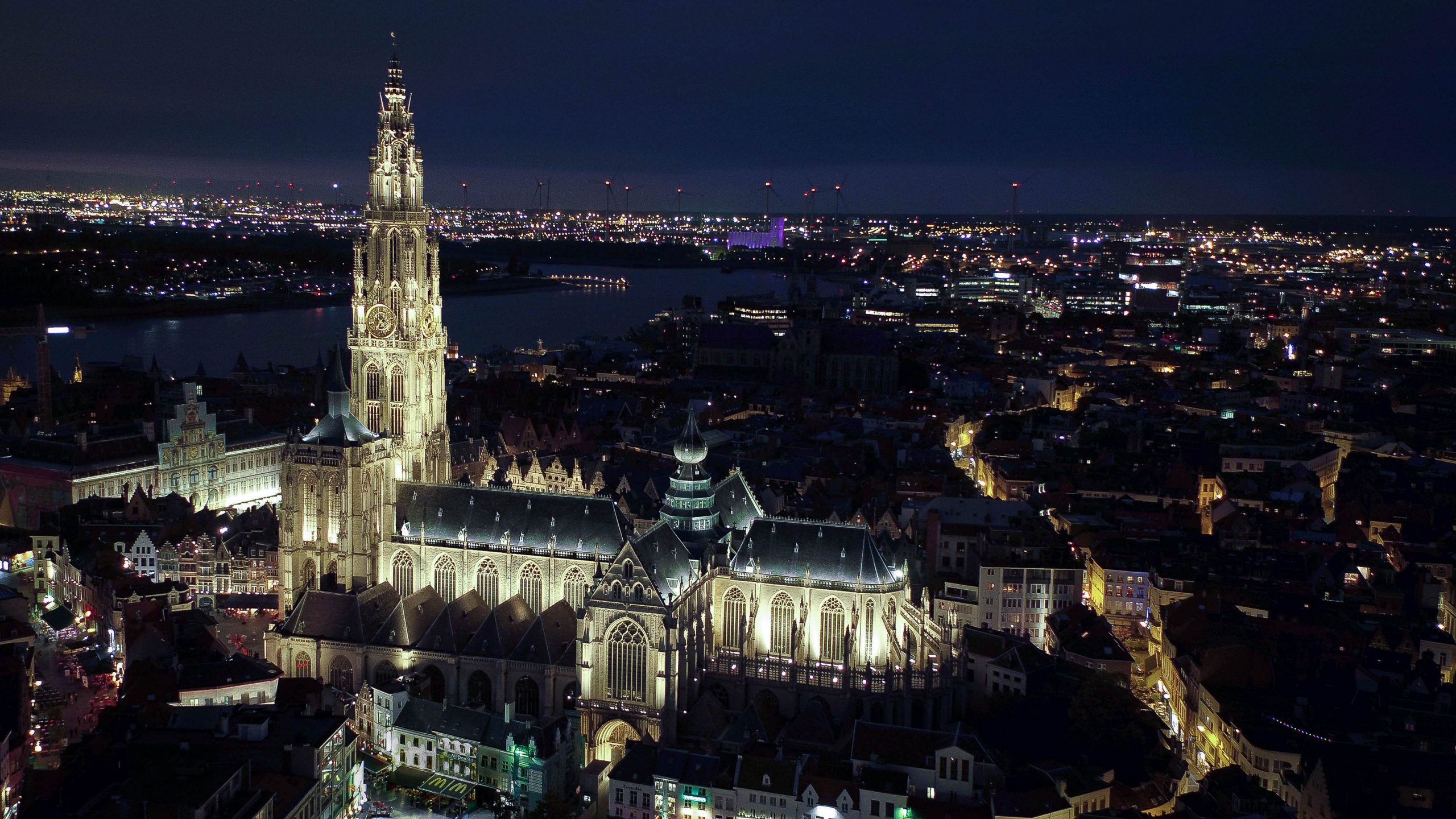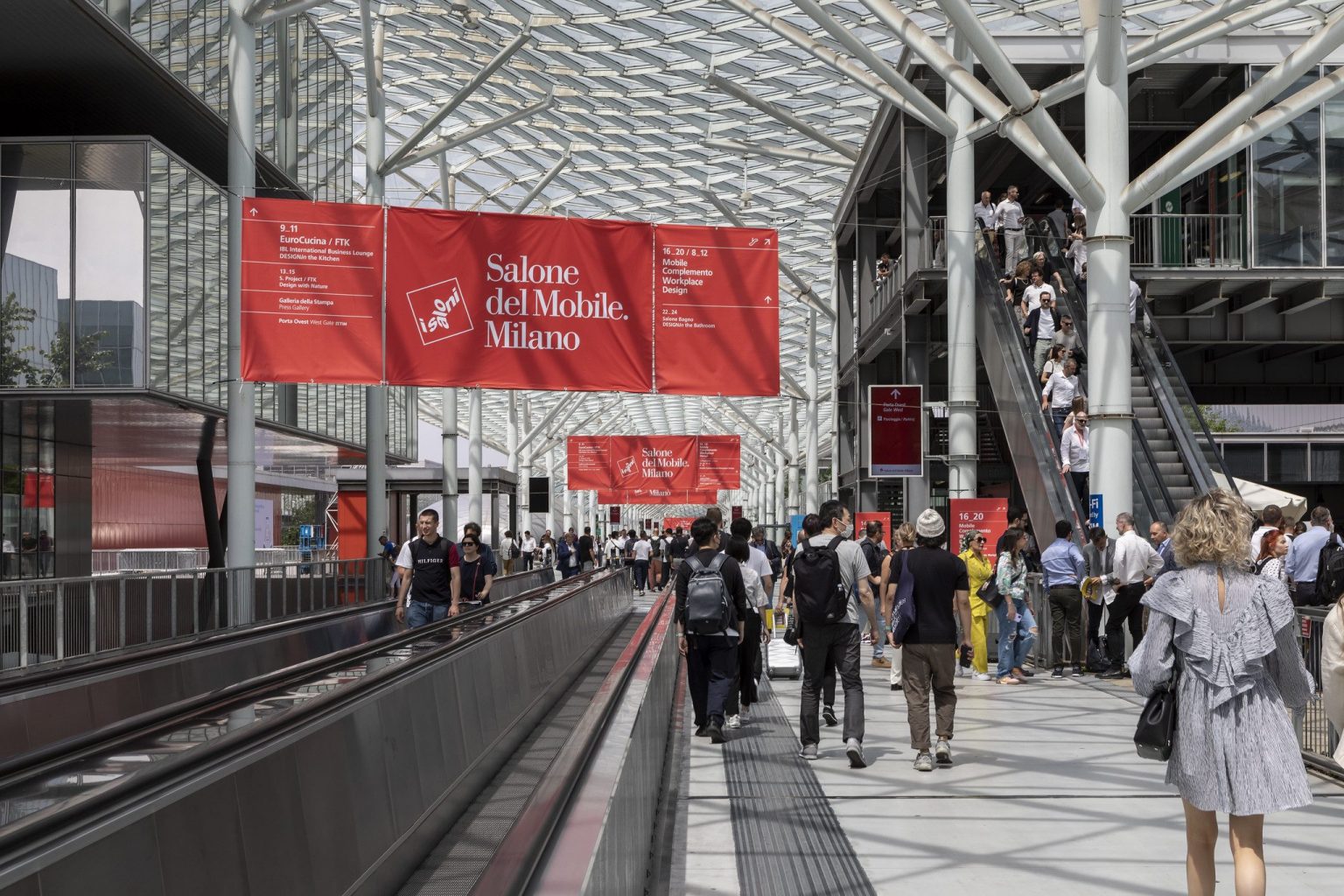Cover photo: Interactive multimedia installation Aetherea, Trame di Luce Festival, Botanical Garden of Rome, 2024. Finalist for the Darc Awards 2025. Team from the Lighting Design Master’s at La Sapienza University, coordinated by Marco Frascarolo.
Marco Frascarolo sees technology with clarity, drawing from decades of experience and thoughtful analysis. He values the design potential of algorithms and generative intelligence but only when used with intention. For Frascarolo, technology should never be a gimmick. It’s useful only when it helps expand how we use light—whether for function or storytelling.
A civil engineer and professor, Frascarolo leads the Master’s program in Lighting Design at La Sapienza University of Rome and is the founder of FABERtechnica, a studio working on high-level lighting projects worldwide.
Where does light intersect with digital design? Is synesthesia key to creative lighting, as you’ve suggested?
«Light cuts across many areas of design. Traditionally, it shapes what we see—helping us establish a visual hierarchy, reveal, or hide. It defines what exists in a space. In immersive settings, though, light does more. It interacts with sound, images, touch, and even smell. A few years ago, this felt like science fiction—and was too expensive to realize. Today, thanks to technological advances, we can now achieve digital synesthesia—coordinating multiple sensory elements in real time.
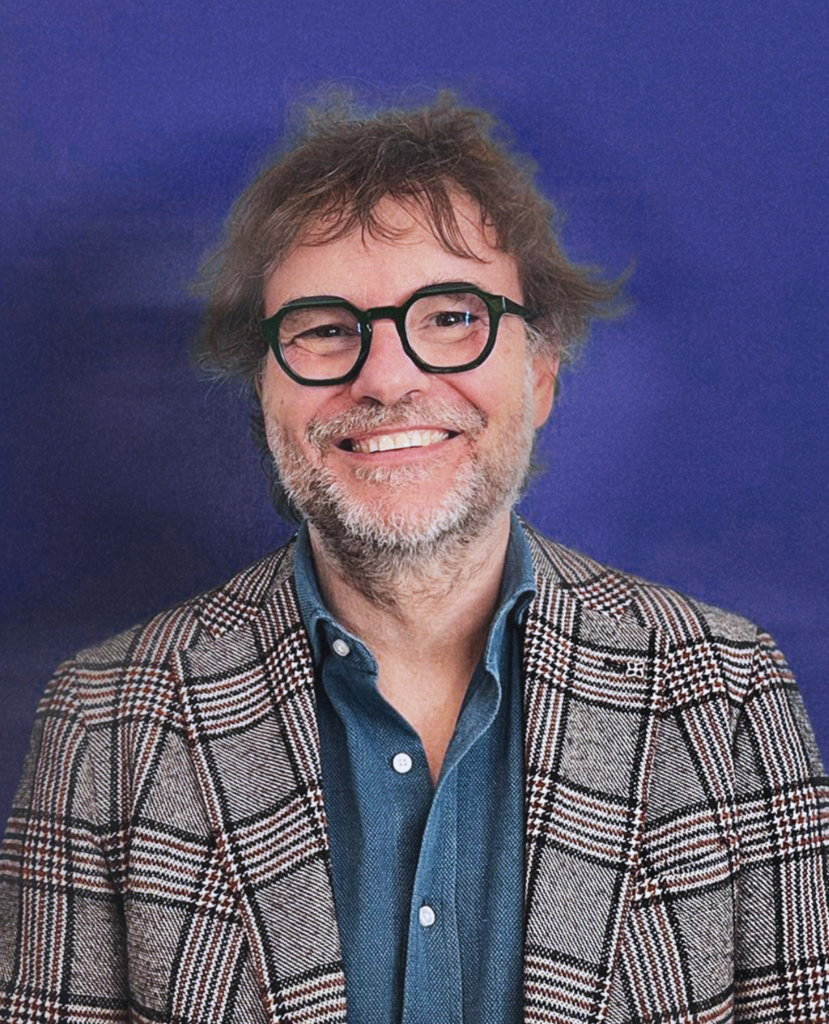
These innovations go hand in hand with concepts like the metaverse and digital twins—terms we now hear almost daily, even when misused. Still, I believe you need a solid foundation. Start with something real and tangible—like light—and build outward with strong technical knowledge. That’s how we can design meaningful digital environments.
Lighting experts can contribute valuable insight to fields like gaming or digital media. Our job isn’t to copy reality but to create coherence—so virtual worlds feel understandable and engaging. We’re witnessing a transformation similar to photography: once used to capture the real world, it evolved into an expressive language of its own».

How do new technologies and AI support lighting design? What possibilities do they open up?
«I’m cautious about AI because it’s still misunderstood and overhyped. AI should only be used when it adds value and enhances an idea. Using it just for novelty leads nowhere.
At FABERtechnica, we tested AI in a proposal that’s still in development. The project involves narrative lighting—a concept similar to video mapping but more evolved. Instead of projecting a visual story with lights and sound, we’re trying to build a narrative that imagines a future scenario. It reacts to how people move and interact with the space. Some visuals are AI-generated; others by hand. The key is to combine both critically—to compare traditional creativity with machine learning and see where it takes us».

Are you exploring AI at La Sapienza as well?
«Yes. We’re collaborating on a project for Videocittà, a digital art festival in Rome. It’s the brainchild of Francesco Rutelli and directed by Francesco Dobrovich. I’m coordinating our contribution.
The site is the old gasometer area—a former industrial zone now undergoing urban renewal. As part of the Lighting Design Master’s program, I led a workshop to design permanent public lighting for the neighborhood. We gathered site data and provided it to the artists developing installations for the July edition of the festival. Our students also worked on their concepts using this data—turning research into stories using AI tools and algorithms. I didn’t impose limits: the goal was to test methods and see how traditional and innovative approaches could merge into one practical design process. I’ll speak more about this in my upcoming talk, Digital Architectures for Posthuman Users, scheduled for April 10 at 6:00 PM, as part of Lumen».
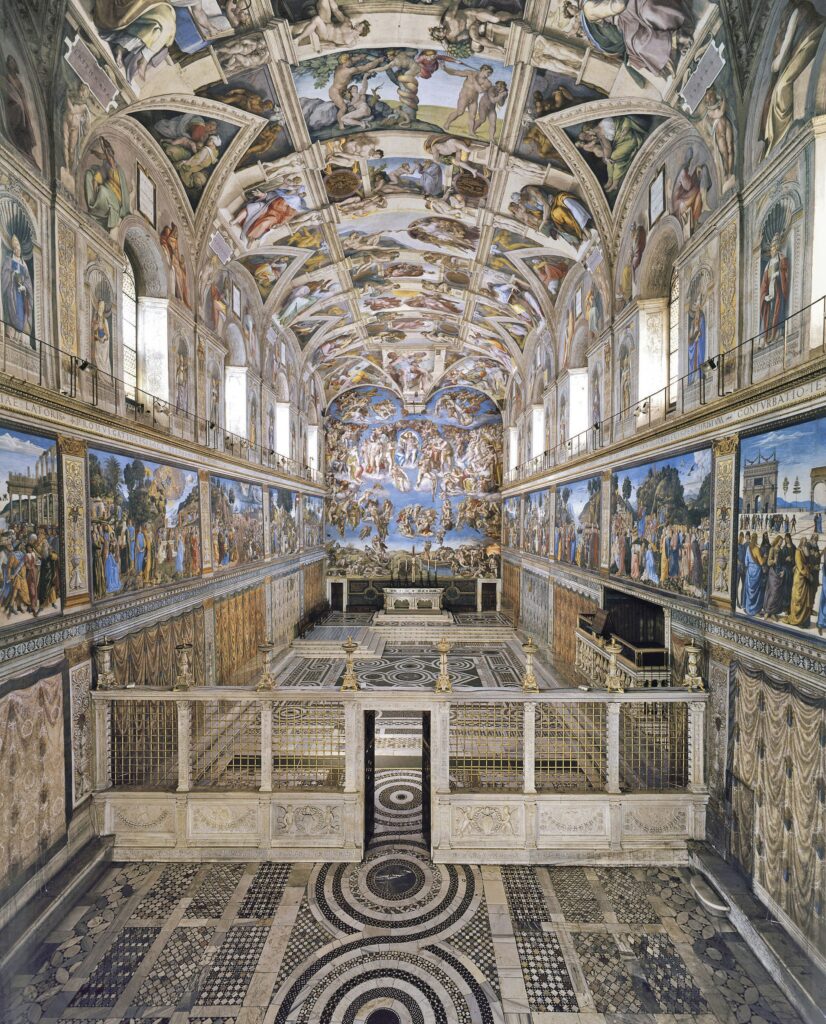
You’ve worked on big projects, from Casa Italia at the 2024 Olympics to the Sistine Chapel and Colosseum. What’s been your most complex challenge—and did technology help?
«Recently, the most advanced project we completed was the lighting of San Luigi dei Francesi in Rome. The event coincided with the day of Notre Dame’s reopening in Paris, with a live connection linking the two events.
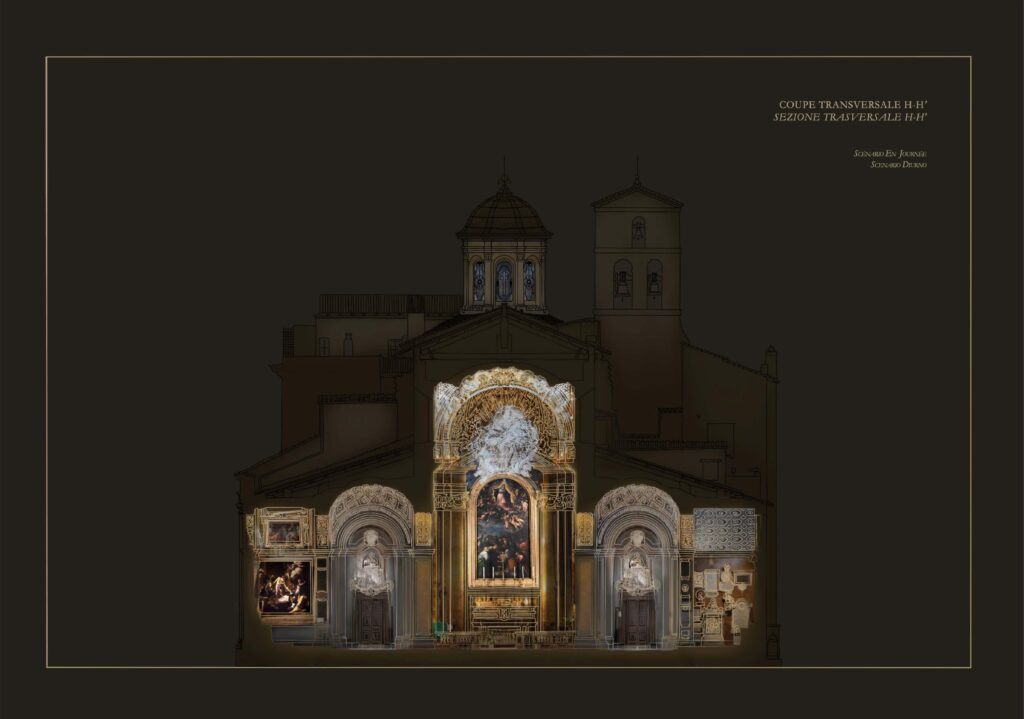
We experimented with different lighting scenarios to tell stories through light. It was a balance between a clean, functional approach—preferred by the Heritage Authority—and a more expressive, layered method.
One of the highlights was working with an organist to link musical compositions with lighting effects—creating a real-time dialogue between sound and light. We didn’t use AI here but relied on a sophisticated smart lighting system.
Technology should support the project, not overshadow it. At FABERtechnica, we balance tradition and innovation, avoiding flashy effects for their own sake. Our focus is clarity, control, and lasting impact».
